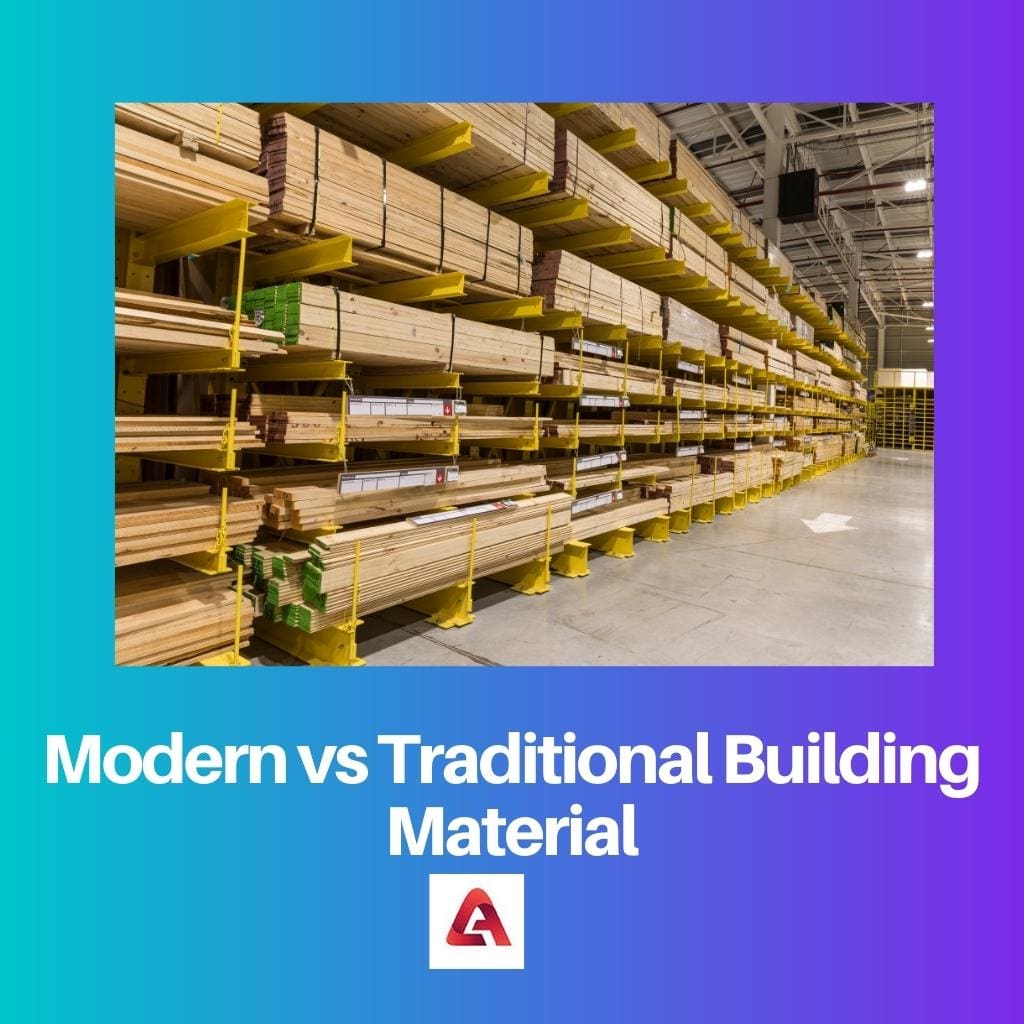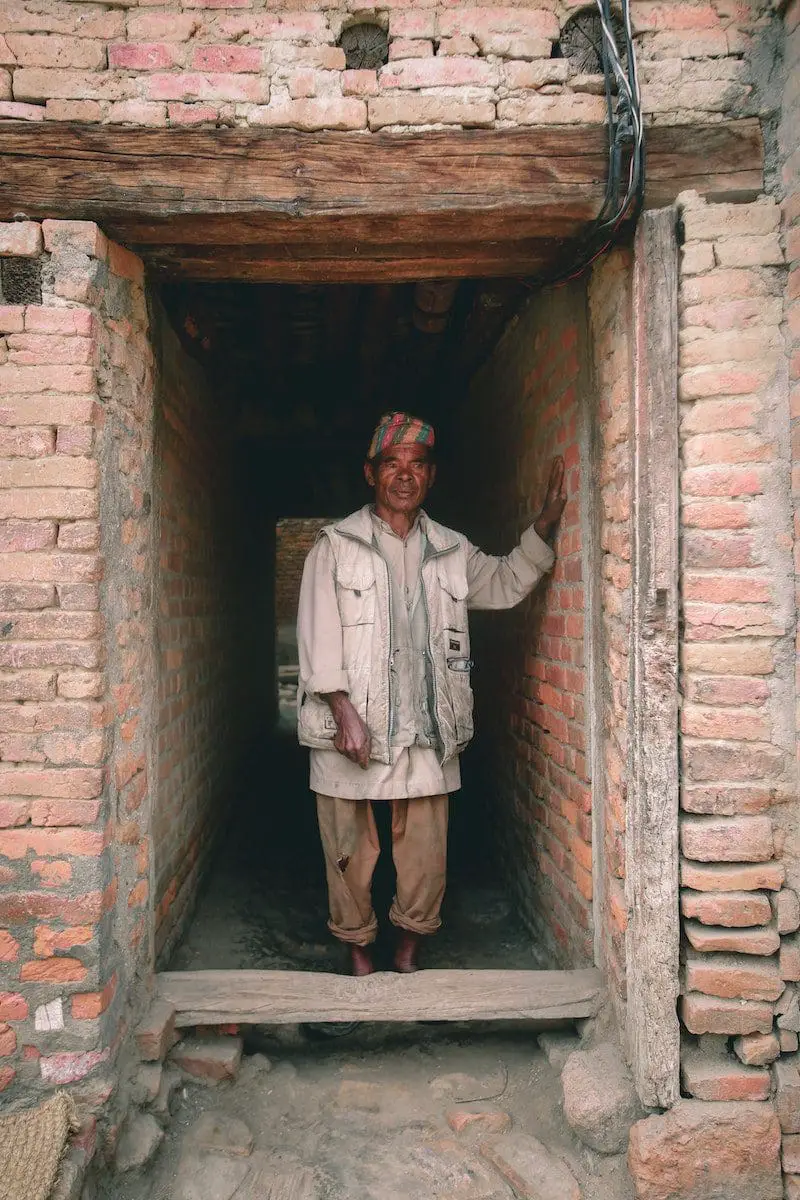A safe and comfortable shelter is something that every individual wants and deserves. It is one of the most basic human rights after food and clean water.
The structure, material, and make-up of the basic constituents of building materials might have changed over the years, but the output remains the same, a haven.
From the caves to huts to the modern-day high rise, we can see how buildings change the landscape of any area.
Building a home is not exclusive to humans; certain birds create the most elaborate and beautiful nests with twigs, leaves, mud, and similar items.
In earlier civilizations and past eras, humans used natural items, like mud, clay, bamboo, rocks, wood, etc., to make a building.
As revolution and industrialization came into play, the building got more modernized, and so did the materials used; concrete, bricks, steel, glass, and even aluminium became the standard modern building material.
Key Takeaways
- Modern building materials are synthetic or engineered, while traditional materials are natural.
- Modern materials are more energy-efficient, while traditional materials can provide better insulation.
- Traditional materials have a long history of use, while modern materials offer more variety and options for building design.
Modern vs Traditional Building Material
Modern building materials are manufactured in factories and engineered to meet specific performance standards. They are made from synthetic materials. Traditional building materials are made from natural materials found in the local environment, such as wood, stone, mud, and thatch.

Comparison Table
| Parameters of Comparison | Modern Building Material | Traditional Building Material |
|---|---|---|
| Sourced from | From outside the local area, transportation is not that of a problem. | Locally scoured. |
| Uniqueness | Sustainability and strength are two important factors of this. | The materials were locally scoured, so good for the local economy. |
| Durability | Almost all buildings made up of modern materials are sturdy and durable. | They were not durable, though a few famous ones have survived centuries. |
| Cost | The cost is more. | The cost is less. |
What are Modern Building Materials?
The most known materials are undoubtedly concrete and brick. Concrete is composed of cement and coarse particles mixed with it to give it better strength.
The concrete can be moulded into various shapes per the requirement and can be used to form a column, a beam, a foundation, and many more.
There are various types of concrete, like plain or ordinary, lightweight, high density, reinforced concrete, etc.
Bricks are similar in function and are the basic building materials of any construction.
They are used in Asian and European countries and are baked mud held together with the help of cement.
Even though they are not as versatile in shape as concrete, they can still be used to form various shapes and structures.
Other such materials used include steel, aluminium, and wood. These are used to form beams, space frames, etc., as they can withstand long pressure and stress conditions.
They also form the frames of windows and doors where glass can be fitted. Glass is another material used in modern buildings to form beautiful window panes and other decorations.
A few famous examples of Modern Buildings include the Farnsworth House by Mies van der, Barcelona Pavilion, David S. Ingalls Skating Rink in New Haven, and many more.

What are Traditional Building Materials?
The oldest materials used in making buildings include mud, timber, straw, stones, and clay. These are the most known ones; mud is used to make bricks which are used in the same way as in modern buildings.
Stones are also used for the same purpose, especially in the older days; they were used to make a domestic hut and even pave roads. Timber and staw are another two materials used which are traditional in origin.
Straw was used to making sheds of houses, as they are lighter in weight, provide insulation, and are easy to work with. Timber or wood was the best for making old houses’ beams and frames.
All these were locally available, so there was no need for transportation, and thus, the buildings in a certain geographical area were much different than their counterparts.
Some not-so-usual materials included slate, lead, copper, and even iron. Slate was used for roofing, paving, and the construction of stairs.
Copper was used for roofing and decoration in certain areas in Rome and Eastern Europe areas. The British installed iron as pinnacles and door straps in chimneys.

Main Differences Between Modern and Traditional Building Material
- The materials were locally sourced, while traditional buildings were made. Modern buildings have materials sourced from all over the world.
- Modern building materials are more different and durable in design, as they are essentially an improvement on the traditional ones.
- Much research and resources are directed to sustainability while working with modern materials; this was not the case with traditional materials.
- Traditional Materials included timber, mud, clay, wood, and straw. Modern materials include concrete, bricks, steel, aluminium, and others.
- Many of the materials in modern buildings are concerted with look and functionality. Traditional materials were more about the usage than feel.
- Research is done to find the best materials to withstand stress and pressure. Traditional materials were of poor quality. However, that is not always the case; the pyramids in Egypt have stood for thousands of years.





